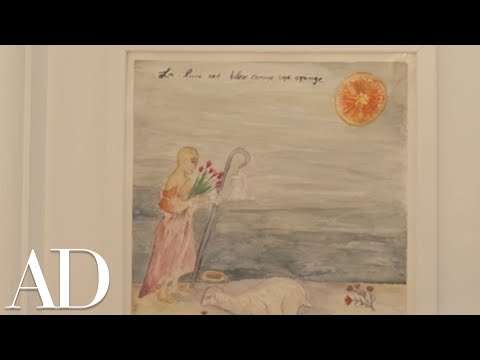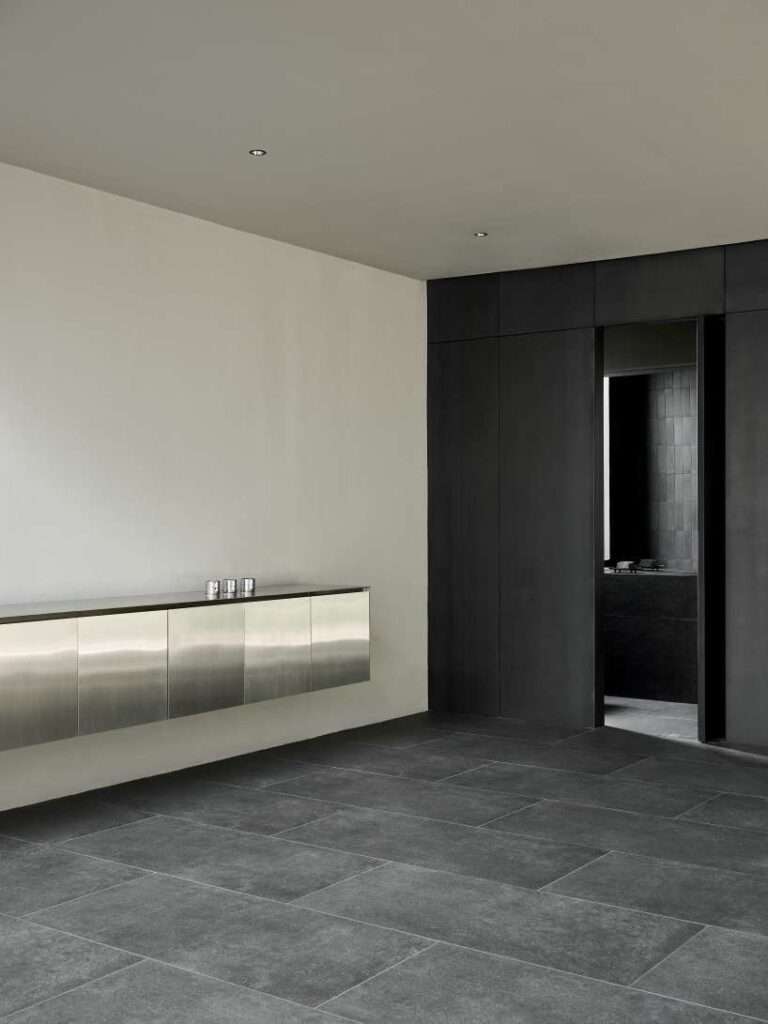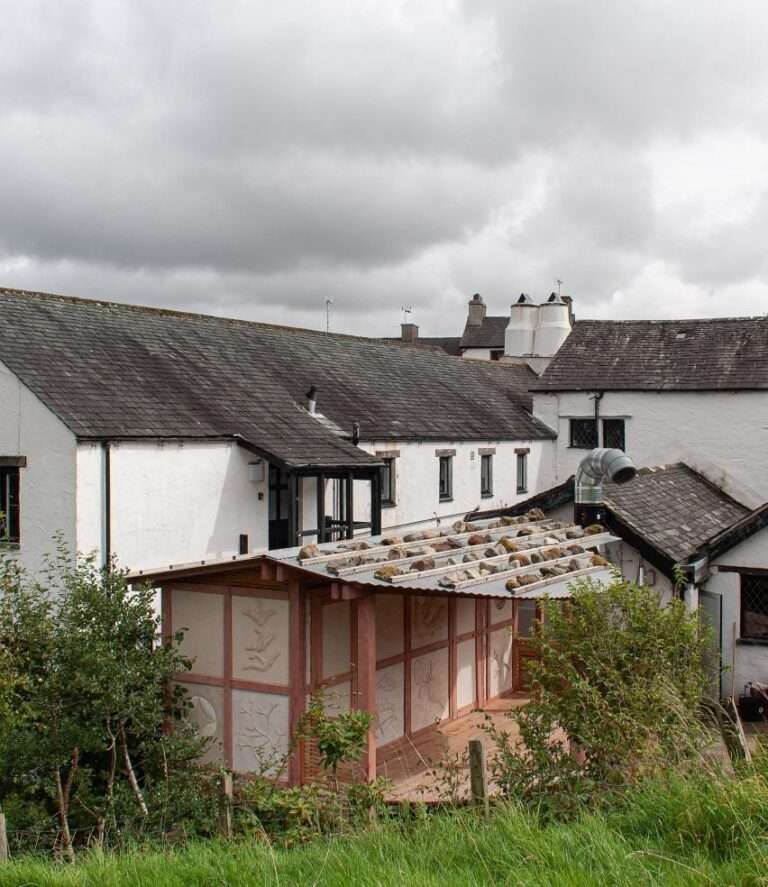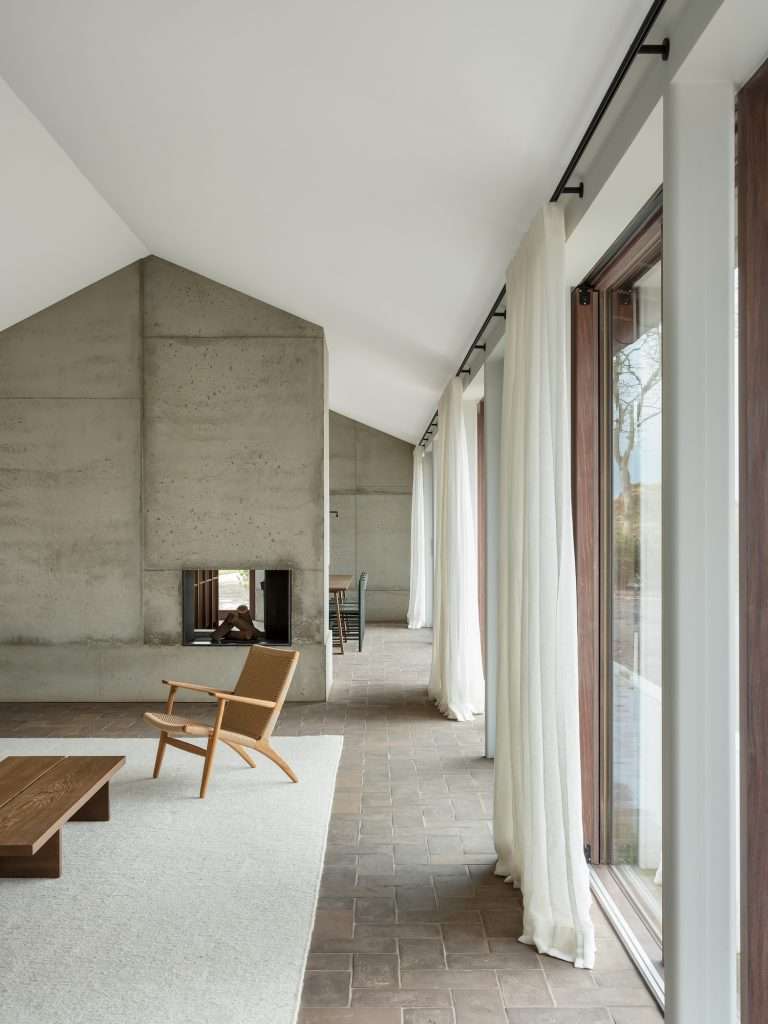
Brown Hill House is a minimalist residence located in Brown Hill, Australia, designed by Eldridge Anderson. The architecture cleverly incorporates stepped floor levels to delineate family areas and features a spacious central courtyard. This courtyard, intentionally carved out from the building’s mass, invites natural light inside, a design choice inspired by the presence of nearby eucalyptus trees. Meeting the needs of a family with three boys, the house prioritizes durability for everyday living. It offers a balance between overseeing children’s activities and maintaining private spaces alongside various breakout areas for individual activities. One of the house’s defining architectural elements is the sloping courtyard eave, which arcs gracefully, unifying the main living spaces under a single roofline that adjusts to the terrain’s decline. This sweeping eave is more than aesthetic; it aligns the home’s functional zones, as the timber-framed windows pivot to optimize the utility of interior spaces.
The choice of materials is deliberately limited, enhancing the design’s coherence and connection to the landscape. Concrete masonry forms the primary structural walls, aging naturally to mirror the environment’s textures. Inside, concrete floors across the social areas offer durability and contribute to temperature regulation through their thermal mass. Timber used for doors, windows, and decks introduces warmth to the home’s otherwise cool material palette. At the house’s entrance, a formal entryway and deck lead to a study and concealed areas for the garage and utilities. A multipurpose room acts as a transition to the bedrooms, ascending to the house’s rear where a spacious open-plan kitchen, living, and dining area opens onto an expansive deck and garden. The courtyard, central to the design, facilitates a visual synergy between spaces while drawing northern sunlight deep into the interior. Natural light’s interplay with the architecture, especially through the courtyard-facing rooms, along with the roofline’s dynamic shadow patterns, create a living environment that changes with the time of day and the seasons, offering a continuously evolving backdrop to daily life.



